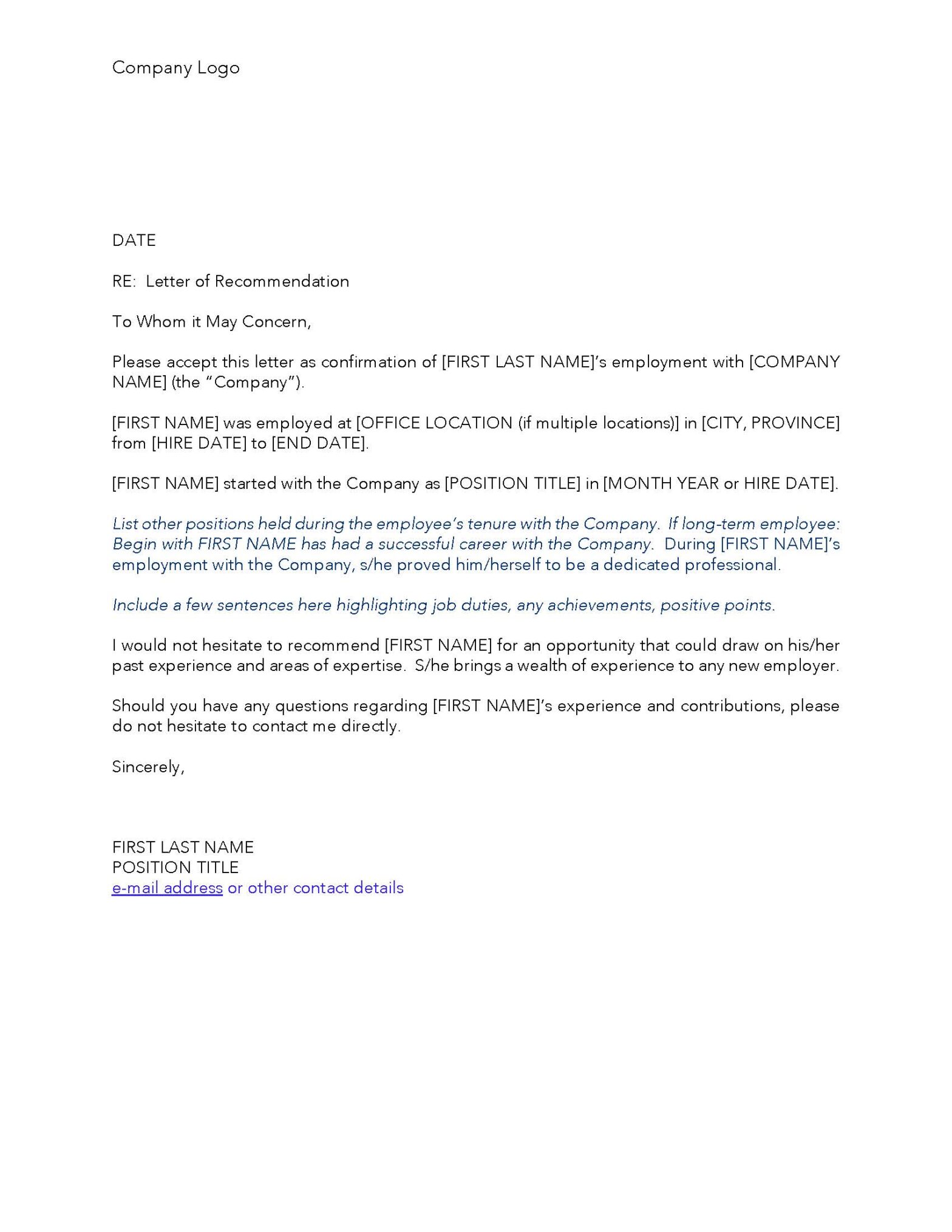March 28, 2024
Summer flies, especially for those working in seasonal positions. Just as seasonal workers start their jobs, it’s time to search for another job before they’re laid off again. In a small business, it’s normal to get to know your employees very well. That can make it hard to let people go when the seasons change and your business volume no longer supports keeping them on board.
You have to ignore your compassion and focus on running your business the right way. That doesn’t mean you don’t handle communicating the layoff compassionately. It does, however, mean you have to make the right decision for the long-term health of the company.
Talk with each worker and let everyone know the situation. Offer to be a reference for the worker’s next job or even to help him or her find work, if those are things you can do and are comfortable doing. Be as kind as you can while also being direct and making the best choice possible for the current needs of your small seasonal business.
In most cases, though, the good times don’t roll on forever. Demand will lessen and you may find yourself with more workers than you need. That may be something you expected. It may even be something you communicated as a likely possibility to your employees. And it’s a situation you need to deal with sooner rather than later.
No one likes to be the bearer of bad news, especially an employer who cares deeply about their workers’ wellbeing. And different solutions may work best for different circumstances. Before officially notifying your employee, you might consider the following before meeting with the affected staff:
- Be aware that the separation process can be emotional for all parties; prepare for this. Since this can be an emotional situation, it is important to anticipate questions you could be asked and have the answers to those questions available.
- Take the time necessary to make the proper arrangements for the notification meeting.
- Select a place where you can have privacy.
- Select an earlier time in the day that is not before a weekend, holiday, or scheduled vacation for either the employee or manager/supervisor.
- Consider the day in relationship to significant dates for the employee (e.g. family celebration, religious holiday, employee’s birthday, etc.)
- Allow enough time to complete the meeting and for the employee to ask questions without being rushed.
- Consider having an appropriate person (i.e. a department administrative assistant) who is not privy to the subject of the meeting to notify the employee of the meeting. This will allow you to introduce the purpose of the meeting in a private, controlled manner without engaging with the employee before you are prepared to speak to them.
- Arrange for another manager to be with you during the meeting.
- Assess the impact of the employee’s departure on co-workers and clients.
- Seek appropriate coaching from go2HR’s Human Resources Consultants
Prepare your mindset. Your role during the discussion is to inform the impacted employee compassionately. Even in situations where the employee wants to be laid off, the news can be startling and disruptive. Your intent should be to help the person process the news as best as possible. None of the discussion should be about you. It should all be focused on the person and how to best set him or her up for success going forward.
During the meeting stay in control and your emotions at all times. Be familiar with, and comment on, how the decision was made. Be supportive and offer positive suggestions where appropriate. Be prepared for the following reactions:
- If crying occurs:
- Offer tissues, and permit the employee the time to be alone to cry, if needed.
- Be supportive, but refrain from touching the employee. Be patient.
- If anger occurs:
- Anger is a normal response.
- Respond to verbal attacks assertively – remain calm.
- Do not discuss employee performance issues.
- If silence occurs:
- Acknowledge the employee’s feelings and allow the employee to discuss their feelings. Be empathetic.
- Ask open-ended questions to determine that the employee understands the layoff message.
- If denial occurs:
- Repeat or rephrase statements.
- Ask open-ended questions to determine whether the employee understands the layoff message.
- If threats occur:
- Ask the employee if he or she understands the seriousness of his or her words.
- Suggest a brief cool-down period, and then reconvene.
After conducting the layoff meeting there are a few things that you can do to support the recently laid-off employee as layoffs can be taxing to everyone: the impacted employee, the remaining team and the leader(s). Everyone remembers this time, how they felt and how they were treated. Make space to prioritize the time you will need to help guide everyone through the process. While you may lose sleep, take extra care of your resilience and wellness during this time.
- Conduct a follow-up meeting with the employee to see how he/she is coping and provide any information you were not able to provide in the notification meeting.
- If the employee is working until his/her separation date, you should supervise them just as you would any other employee.
- Be aware of the employee’s emotional state. If you have concerns, apply your resources.
- Observe what’s going on between the separating employee and the remaining employees if any. (e.g., are the remaining employees being respectful and supportive or systematically excluding this person?)
- Encourage connection. People may ask if they can reach out to the employee. Encourage people to reach out by sharing his/her email/phone if the impacted employee agrees with it. In addition, whenever possible, make efforts to complete recognition events, going away/end-of-season parties, etc.
If you have any regular year-round staff, with discretion, inform the remaining employees about the action(s) that have taken place. Understand that people have lost friends and may have their anxieties. Get people refocused quickly on any restructuring, reassignment of work or other changes. Discuss workload and/or support concerns and needs.
Focus on the positives. Thank employees for their continued support but make no promises or guarantees about the future. Be accessible to your employees for any issues or concerns they may have about the changes.
Ease the transition for employees by curating a list of job opportunities and employers. If you aren’t able to create permanent positions for workers, use your business connections to help them find off-season job opportunities. This is a great way to grow their network and connect them to new opportunities. You can also offer to write letters of recommendation or refer employees to other companies.
Above all, be tactful, direct and clear in explaining the circumstances that led up to the decision, the decision-making process, and the changes within the business. Offer employees the opportunity to ask questions.
go2HR is BC’s tourism & hospitality, human resources and health & safety association driving strong workforces and safe workplaces that deliver world class tourism and hospitality experiences in BC. Follow us on LinkedIn or reach out to our team.
Return to top


